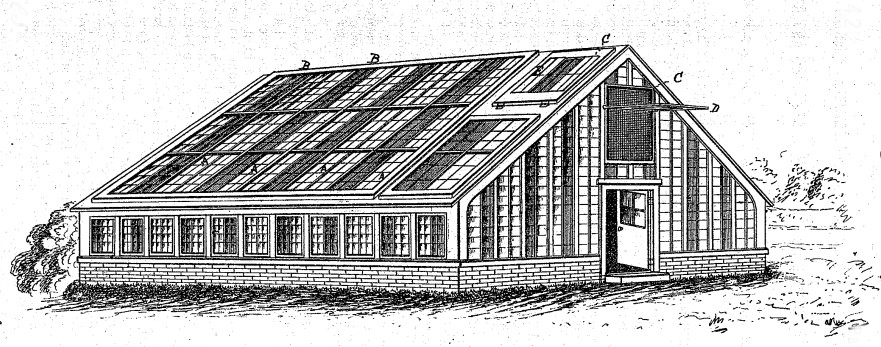
In the 1870s Philadelphia’s Augustus Pleasonton convinced himself that blue light had almost miraculously beneficial properties: He and his followers insisted that it cured disease, promoted hair growth, banished deafness, even resolved insanity. In 1871 he patented a greenhouse (or bluehouse, I suppose) that would “accelerate the growth and maturity of plants and animals.”
It fell to Scientific American to point out that cobalt blue glass diminishes all rays across the visible spectrum; it just diminishes blue and violet light somewhat less than other wavelengths. A plant (or anything else) would receive more blue light simply standing in the sun than hidden in Pleasonton’s hut.
The fad faded, and by the inventor’s death in 1894 it had been forgotten. “It is amusing to see people making fools of themselves,” observed the Boston Globe, “but it soon grows wearisome.”
